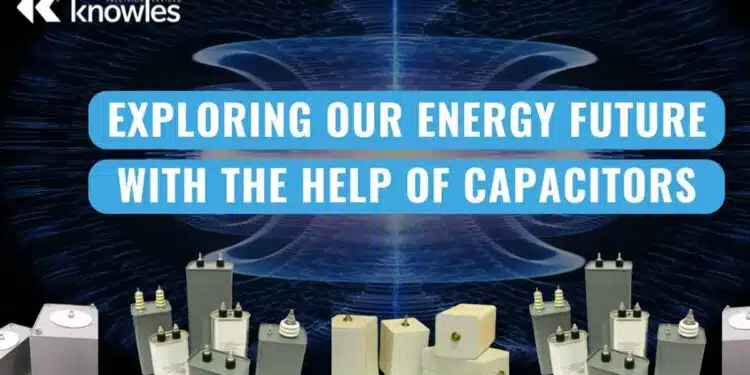This article based on Knowles Precision Devices blog discusses the role of capacitors in future fusion energy sources.
Companies across the world are engaged in fusion research; some are large national and international labs while others are start-ups looking for lower-cost alternatives to traditional fusion techniques.
Their work is built on the premise that fused light nuclei have a net positive energy yield because their combined mass is less than the sum of their individual masses before fusion. Think Albert Einstein’s E = mc2.
After decades of experiments in nuclear fusion, in 2022, the National Ignition Facility (NIF) achieved fusion ignition, where more energy was produced from fusion than was used to trigger it. Fusion is positioned as an attractive option in the face of climate change because it’s a potential source of nearly limitless energy. With that in mind, fusion ignition was lauded as a breakthrough achievement.
In these experiments, physicists and engineers are tasked with overcoming the intense repulsion between two light nuclei when they’re forced together (i.e., the Coulomb Barrier). This is traditionally accomplished using very high heat. Under those conditions, it’s challenging to keep high-energy plasma in one place (i.e., confinement).
There are two main approaches to confinement. Magnetic confinement is achieved by arranging strong magnetic fields to hold the hot, dense plasma in place. Inertial confinement is achieved by compressing the plasma from all sides simultaneously. In either case, achieving fusion depends on concentrating and maintaining that high temperature and pressure in the center of the ignition chamber. The NIF experiment mentioned above leveraged inertial confinement.
Capacitors in Fusion Energy Experiments
Capacitors play a key role in these exciting experiments with their energy storage capabilities. In NIF’s experiment design, lasers are the initial energy source. The system draws energy from a massive capacitor bank for nearly 200 pulsed laser beams and rapidly releases that energy at the target capsule.
Arrays of capacitors, referred to as Marx Generators, generate the incredibly high voltage needed for these experiments, and by implementing pulse forming networks, comprised of capacitors and inductors, physicists and engineers can shape the pulse of energy to meet their experimental needs.
Outside of fusion experiments, physicists and engineers leverage the energy storage capabilities of capacitors for short pulses of high-voltage, high-current energy in plasma physics experiments. This includes flash radiography, x-ray generation, medical and weapons effects simulation (e.g., nuclear electromagnetic pulses (EMPs) and packaged pulse power).
Knowles Cornell Dubilier brand is a leading designer and manufacturer of custom high-energy discharge capacitors for applications like these in both the research and commercial realm. For more information on our high-energy discharge pulse aluminum capacitors and film capacitors, including tech sheets and specs, visit the High Energy, Pulse Discharge solutions page.


































